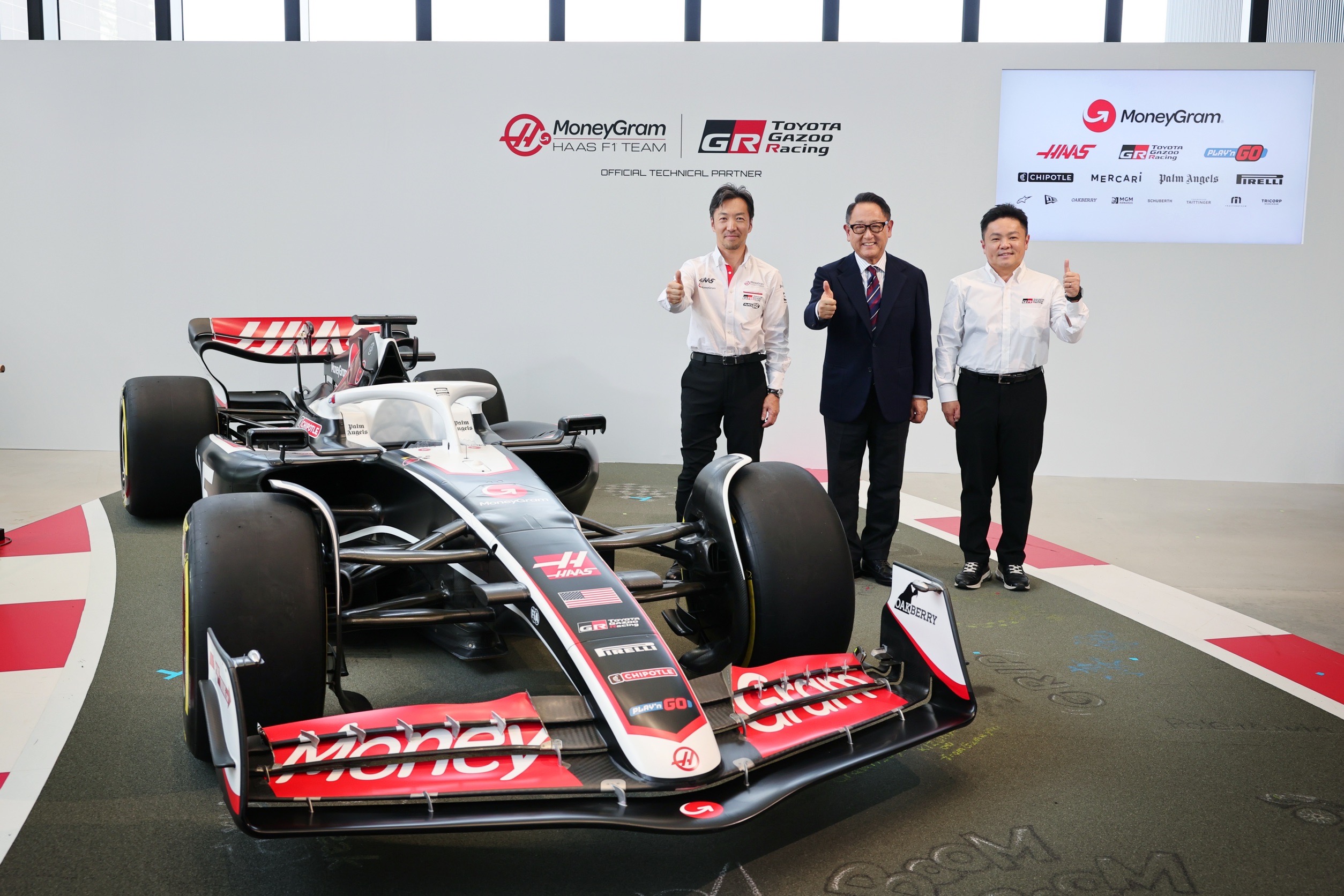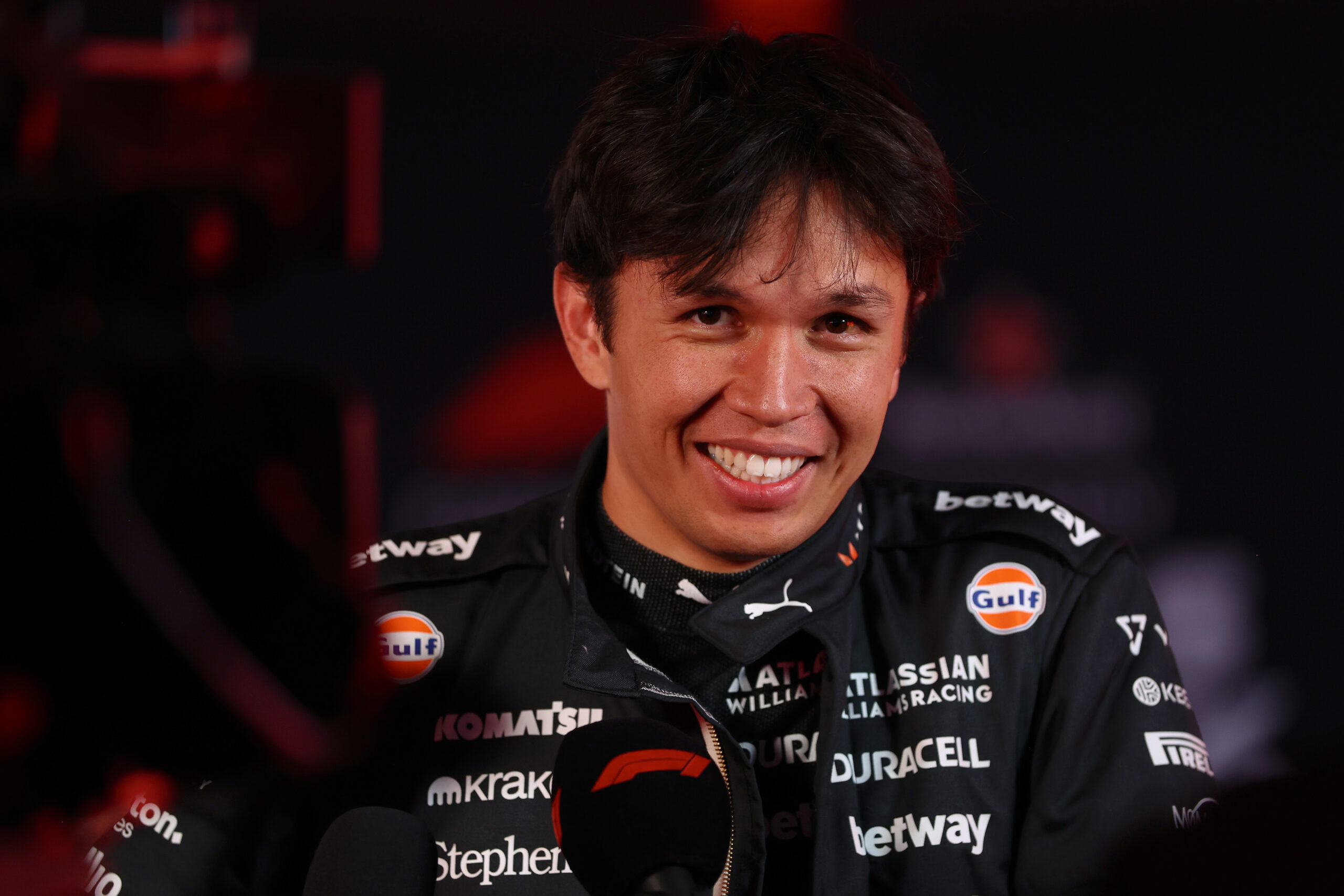On 4 November 2009, Toyota’s announced its withdrawal from F1 after competing as a works team between 2002 and 2009, and acting as engine supplier for teams such as Jordan (2005), Midland (2006) and Williams (2007-2009). The decision from Toyota chairman Akio Toyoda came in the midst of the global financial crisis and saw the companies’ focus shift away from F1.
“At the time [when we withdrew from F1], I think Toyota was more interested in making a bigger company than in making better cars,” he said on Friday morning local time.
“As president, I decided at the time that the company’s objectives were sales and profits, and that this kind of activity [F1] was not really suitable for the company.
“Now we are transforming ourselves into a company that builds better cars based on motorsport. To do that, we need people who can take responsibility for that.”
With today’s breaking news of the technical partnership between Haas F1 Team and Toyota Gazoo Racing, the motorsport division of the Japanese car manufacturer Toyota, it would be natural to assume that the partnership is only marking the first steps to a full comeback to the sport for Toyota.
Toyoda and other key personnel at Toyota however emphasized that their partnership with Haas would not signify their return as engine supplier or works team.
“We have no plan to enter power unit supply, at this moment.
“Actually, we have no plan to have a team in F1. At this moment, we have the best choice and best option to collaborate with Haas.”
Masaya Kaji Toyota Gazoo Racing’s general manager of motorsport engineering said during the press conference.
Tomoya Takahashi president of Toyota Gazoo Racing shared similar sentiments when talking to the media.
“Some might jump to the conclusion ‘Toyota is back in F1’, but that’s not the case.“
Akio Toyoda made it even clearer when during the press conference he asked the assembled media to not make their headlines about Toyota’s return but instead about the opportunities the partnership could offer to a young generation of Japanese children that aspire to enter the world of motorsport.
“Please make sure that tomorrow’s headlines don’t read: ‘Toyota Finally Returns to F1.’
“Rather, it would be great to see headlines and articles that inspire Japanese children to dream of the possibility that they, too, could one day drive the world’s fastest cars.
“There’s something I sense when talking to professional racing drivers,” he clarified.
“It’s that everyone wants to drive the world’s fastest cars. I think that’s the way drivers are.
“That said, I’m the person who quit F1. So I think that drivers were never able to frankly talk about it in front of me. It was like there was always this inhibiting atmosphere in our pit.
“In January this year, I said in front of everyone that I had finally gotten back to being an ordinary older guy who loves cars.
“I think that, somewhere deep in his heart, that ordinary older car-loving guy Akio Toyoda had always regretted having blocked – by pulling out of F1 – Japanese youths’ path toward driving the world’s fastest cars.
“That said, with the media watching my every step, I dare to add that I still believe my decision as the president of Toyota to withdraw from F1 was not wrong.”
Tomoya Takahashi believes that the partnership with Haas F1 could provide a platform for an entry into motorsport’s highest category which has seen its technical innovations being incorporated into the developments for the automotive industry and will continue to do so in the future. Which will also help Toyota strengthen as a car manufacturer.
“F1 is the pinnacle of motorsports.
‘The active roles of F1 drivers, engineers, and mechanics can provide children with dreams, aspirations, and goals.
“For Toyota Gazoo Racing, it is extremely important to demonstrate such hope to the children who will be responsible for the automotive industry of the future.”
Takahashi continued: “I believe that this will lead to the element of product, in other words. to the development of human resources who can provide feedback for production vehicles.”
Ayao Komatsu, the team principal of Haas F1 Team also spoke about the long term goals for the partnership and how Haas can benefit.
“This is not a short-term thing,” he explained. “The certain projects we picked to start off is because it’s so obvious what areas we are lacking, and what areas we haven’t got the capability – and what areas TGR has already got capability.
“We obviously are picking up the project that has the biggest impact and the need straight away.
“But I think throughout this partnership we will understand each other more and more and there’ll be many areas we can work together.”
“Aerodynamics, for example, is an extremely important technology for electric vehicles.
“I believe that the day will come when we will be able to feed back the technology, we have received to production cars, and I believe that people who have experienced that high level of technology will also create the next production car, so I would like to make full use of it in future production cars.”
The partnership with Toyota along with the continued partnership with Ferrari, who have supplied Haas with its engines since the team joined F1 in 2016, could prove valuable for Haas who have been struggling to make it past the lower midfield of F1.





